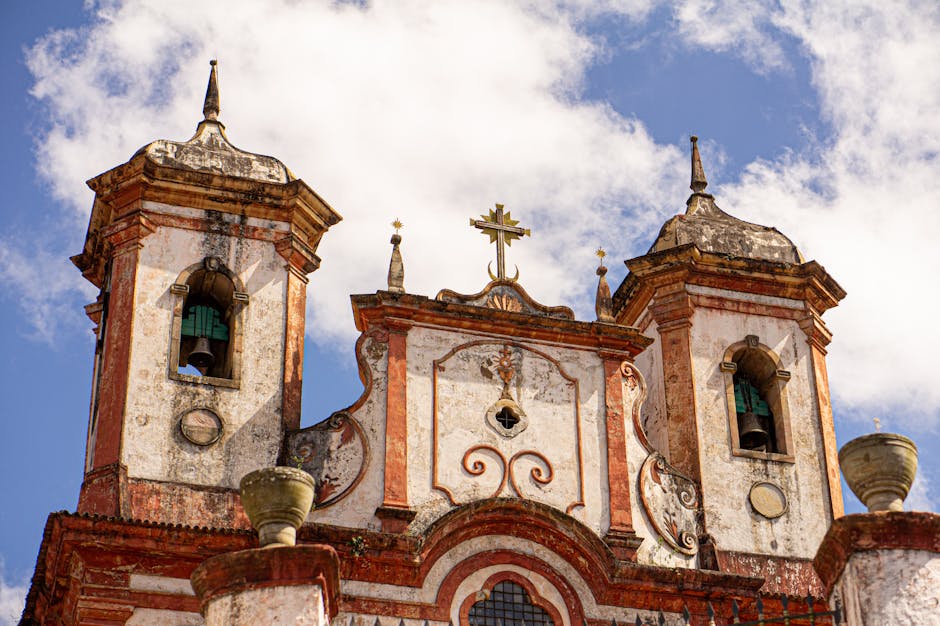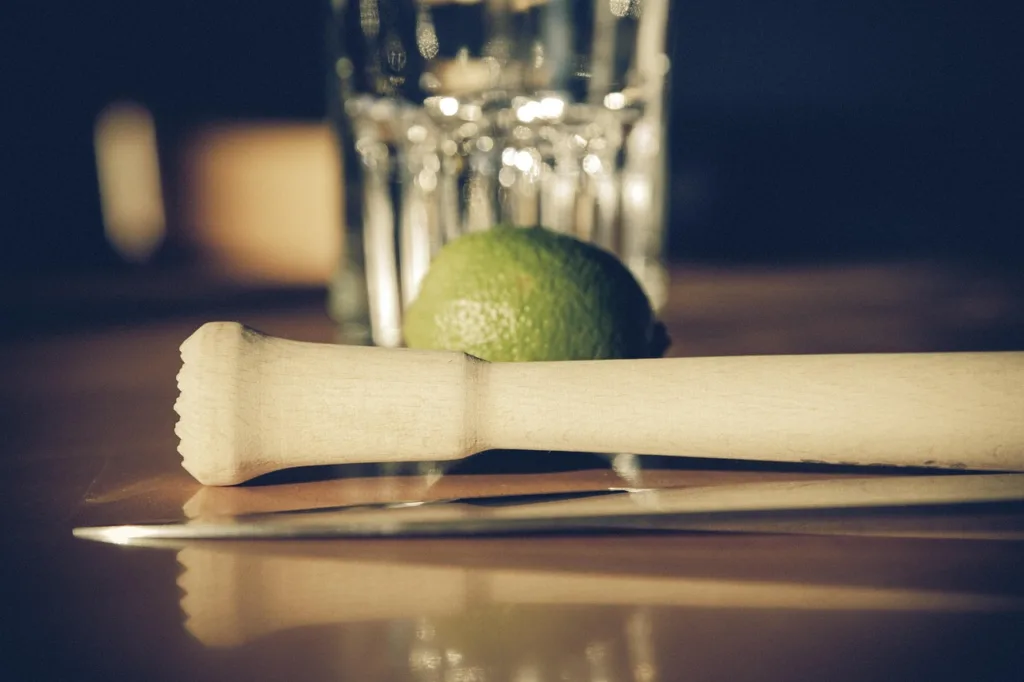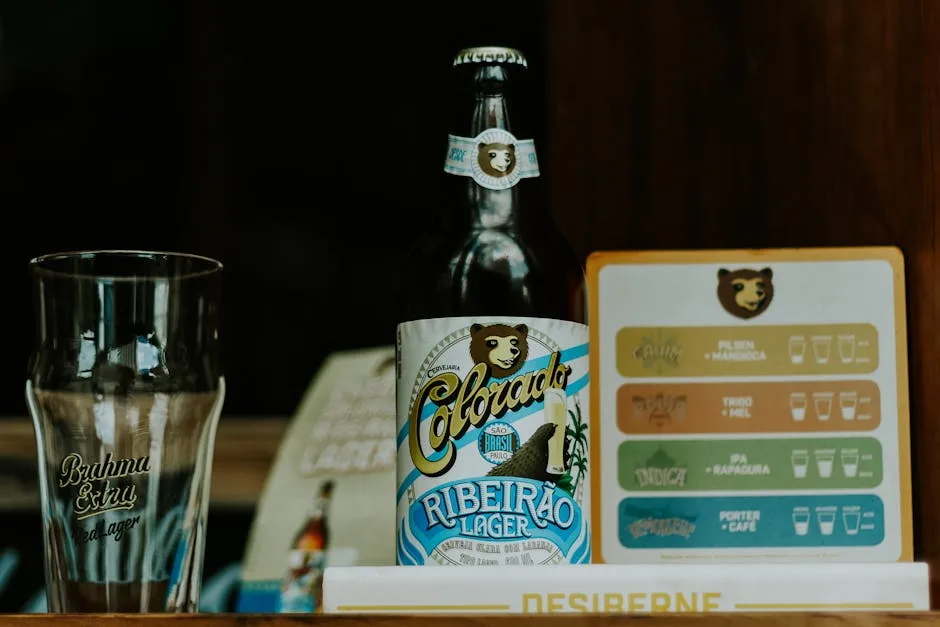Step Inside a World Dripping with Gold and Soul
Imagine stepping out of the bright Brazilian sun and into a space that seems to glow from within. Your eyes adjust, and you see it: every surface, from the towering ceiling to the intricate altars, is covered in a breathtaking explosion of carved wood, dramatic sculptures, and shimmering gold leaf. This isn’t just a church; it’s a treasure chest, a theater, and a testament to a unique moment in history. Welcome to the world of Brazil’s Baroque churches, an experience that’s as much about overwhelming art as it is about profound faith.
While the Baroque movement swept across Europe in the 17th and 18th centuries, something truly special happened when it reached the shores of colonial Brazil. Here, it transformed. It absorbed local influences, was fueled by unimaginable mineral wealth, and was shaped by the hands of brilliant, often self-taught, artists. The result is a style that is both opulent and raw, deeply spiritual and intensely human. Get ready to explore the story, the places, and the genius behind this incredible artistic legacy.
What Makes Brazilian Baroque So Unique?
If you’ve seen Baroque churches in Italy or Portugal, you might think you know what to expect. But Brazilian Baroque, especially the style that flourished in the state of Minas Gerais (known as Barroco Mineiro), has its own distinct personality. What sets it apart?
- A Fusion of Cultures: While the architectural templates came from Portugal, the execution was uniquely Brazilian. European traditions blended with the artistic sensibilities of enslaved African and indigenous craftsmen, creating a hybrid style you won’t find anywhere else.
- Local Materials, Local Genius: Artists used the resources at hand. The soft, easily carved soapstone (pedra sabão) became the signature material for facades and statues, allowing for incredible detail and fluidity. And, of course, there was the gold.
- The Drama of Faith: Brazilian Baroque is intensely emotional. The sculptures of saints and biblical figures are not serene and distant; they are caught in moments of agony, ecstasy, and deep contemplation. The artists aimed to move the faithful, to make them feel the stories of the Bible in a visceral way.
The Gold Rush that Gilded the Churches
You can’t talk about Brazilian Baroque without talking about gold. In the late 17th and throughout the 18th century, the hills of Minas Gerais revealed one of the world’s largest gold and diamond deposits. This discovery triggered a massive gold rush, transforming a remote inland region into the economic heart of the Portuguese Empire.
Vast fortunes were made overnight, and newly rich mining barons and powerful religious brotherhoods sought to display their wealth and piety. What better way to do so than by financing the construction of magnificent churches? They poured their gold into these projects, commissioning the best architects, sculptors, and painters to create houses of worship that would rival any in Europe. The interiors of these churches, laden with an almost unbelievable amount of gold, are a direct reflection of the immense wealth being extracted from the earth just outside their doors.
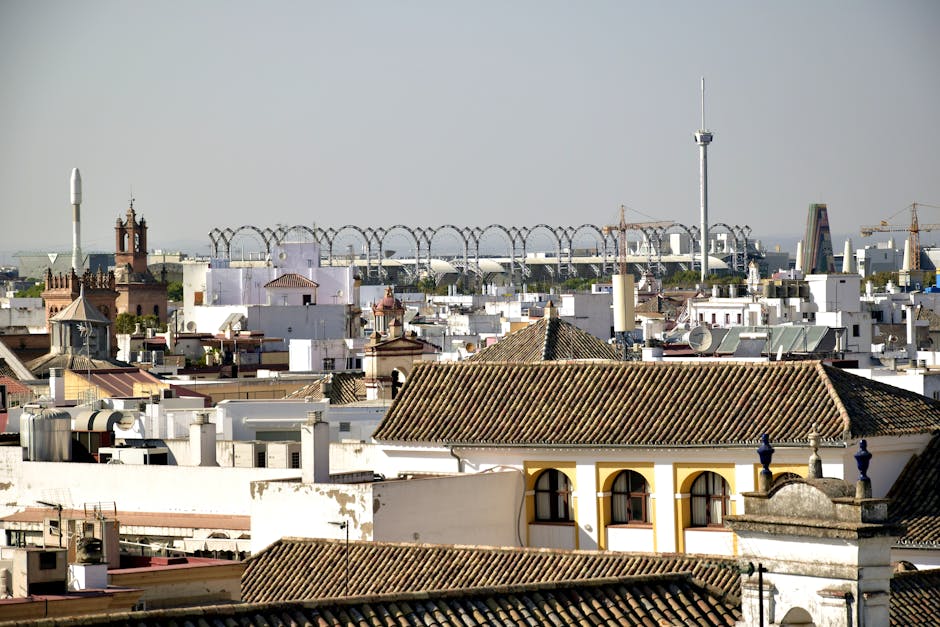
The Cidades Históricas: A Living Museum
The heartland of Brazilian Baroque is a cluster of colonial-era towns nestled in the mountains of Minas Gerais, collectively known as the Cidades Históricas (Historic Cities). The most famous of these, ouro preto, is a UNESCO World Heritage site, and wandering its steep, cobblestone streets is like stepping back into the 18th century. Along with its neighbors—Mariana, Congonhas, São João del-Rei, and Tiradentes—this region holds the most significant collection of Baroque art and architecture in the Americas.
These towns are not sterile museums. They are vibrant communities where life unfolds against a backdrop of stunning colonial architecture. The churches remain active places of worship, their bells still marking the hours as they have for centuries. Exploring this region is a journey not just into art history, but into the living soul of Brazil.
aleijadinho: The Crippled Genius of Brazilian Art
No story of Brazilian Baroque is complete without its central, tragic hero: Antônio Francisco Lisboa, better known as Aleijadinho, or “the Little Cripple.” The illegitimate son of a Portuguese architect and an enslaved African woman, Aleijadinho became the most brilliant and prolific sculptor and architect of his era, despite a debilitating disease (thought to be leprosy or scleroderma) that progressively disfigured him and cost him his fingers and toes.
According to legend, as his condition worsened, he had his hammer and chisel strapped to his forearms by his assistants so he could continue his work. Whether fact or folklore, the story captures the spirit of his indomitable will. His creations are defined by their intense emotion, dramatic movement, and expressive, almond-shaped eyes. Aleijadinho’s work is the very soul of the Barroco Mineiro, a testament to a singular genius who triumphed over unimaginable adversity.
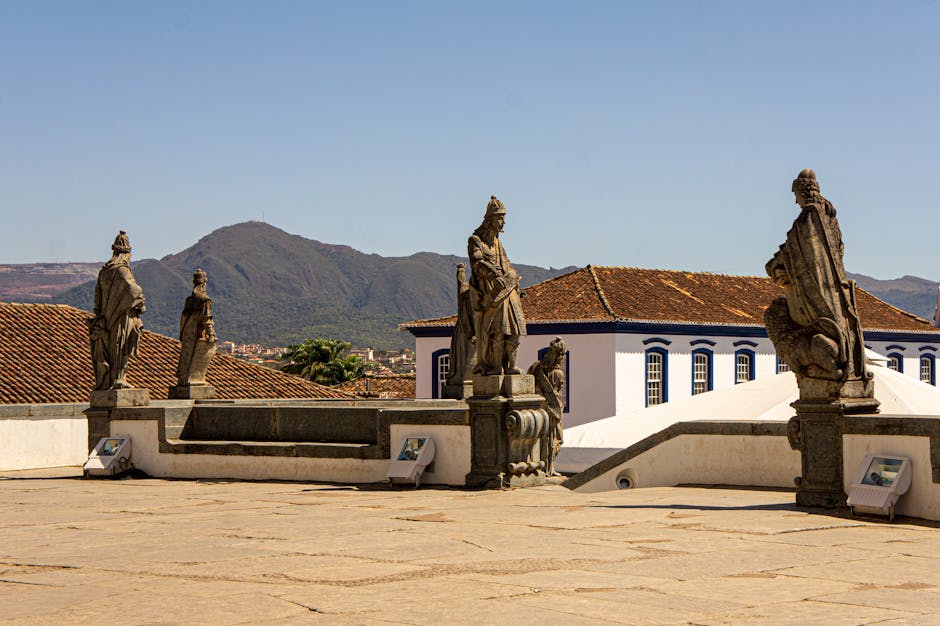
An Essential Itinerary: Four Churches You Must See
With hundreds of colonial churches scattered across the region, where do you even begin? Here are four absolute must-see masterpieces that capture the essence of Brazilian Baroque.
1. Church of São Francisco de Assis (Ouro Preto)
Often considered the pinnacle of the Barroco Mineiro, this church is Aleijadinho’s magnum opus. He designed the building’s architecture and sculpted the breathtaking soapstone facade, with its intricate portal and pulpits. Step inside, and you’ll be enveloped by the masterful ceiling painting by Manuel da Costa Ataíde, another giant of the era. The collaboration between Aleijadinho and Ataíde here is a perfect harmony of sculpture, architecture, and painting.
2. Sanctuary of Bom Jesus de Matosinhos (Congonhas)
This is perhaps Aleijadinho’s most powerful and dramatic work. The pilgrimage site features two major parts. First, the six chapels lining the path to the church contain 66 life-sized wooden sculptures depicting the Stations of the Cross. Their raw, poignant emotion is unforgettable. At the top of the hill, arranged on the church terrace, are his legendary Twelve Prophets. Carved from soapstone in the final years of his life, these larger-than-life figures are a tour de force of sculptural art—prophetic, dynamic, and gazing out over the valley with an eternal, silent power.
3. Basilica of Our Lady of the Pillar (Ouro Preto)
If you want to be truly overwhelmed by gold, this is the place. The Basilica of Pilar is one of the wealthiest churches of the period, with an estimated 400 kilograms (nearly 900 pounds) of gold and silver powder adorning its interior. Every surface seems to drip with gilded carvings. It’s an almost dizzying display of the wealth that fueled the Baroque boom, a sanctuary designed to give the worshipper a glimpse of the glory of heaven on Earth.
4. São Francisco Church and Convent (Salvador, Bahia)
While Minas Gerais is the heartland, the Baroque style also flourished in other regions. The city of Salvador, Brazil’s first capital, is home to one of the most astonishing examples. The interior of the São Francisco church is a jaw-dropping spectacle of gilded woodwork. Cherubs, garlands, and mythical creatures are carved into every inch of the walls and ceiling, creating an immersive, golden cavern that is one of the most spectacular achievements of Baroque art anywhere in the world.
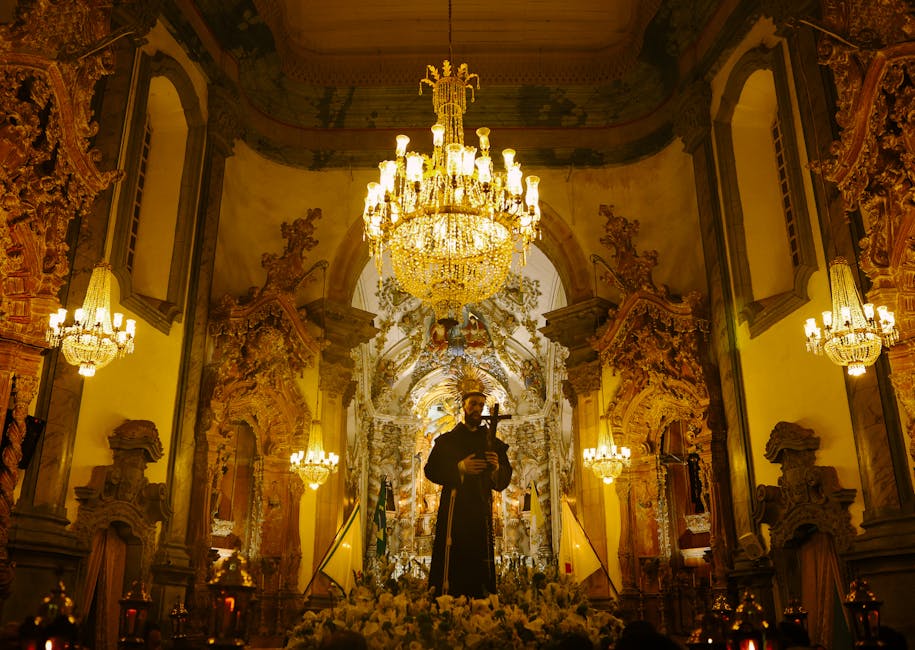
The Enduring Legacy of Art and Faith
The gold rush eventually ended, and the economic focus of Brazil shifted, leaving these mountain towns in a state of preserved splendor. Today, the Baroque churches of Brazil stand as powerful monuments to a unique period of history. They tell a story of immense wealth and deep faith, of cultural fusion and artistic genius triumphing over adversity.
More than just tourist attractions, they are a vital part of Brazil’s cultural identity. They are a source of immense national pride and a reminder of the complex, beautiful, and often contradictory forces that shaped the nation. To visit them is to do more than just see old buildings; it’s to feel the pulse of Brazilian history and to witness how art can truly reach for the divine.

